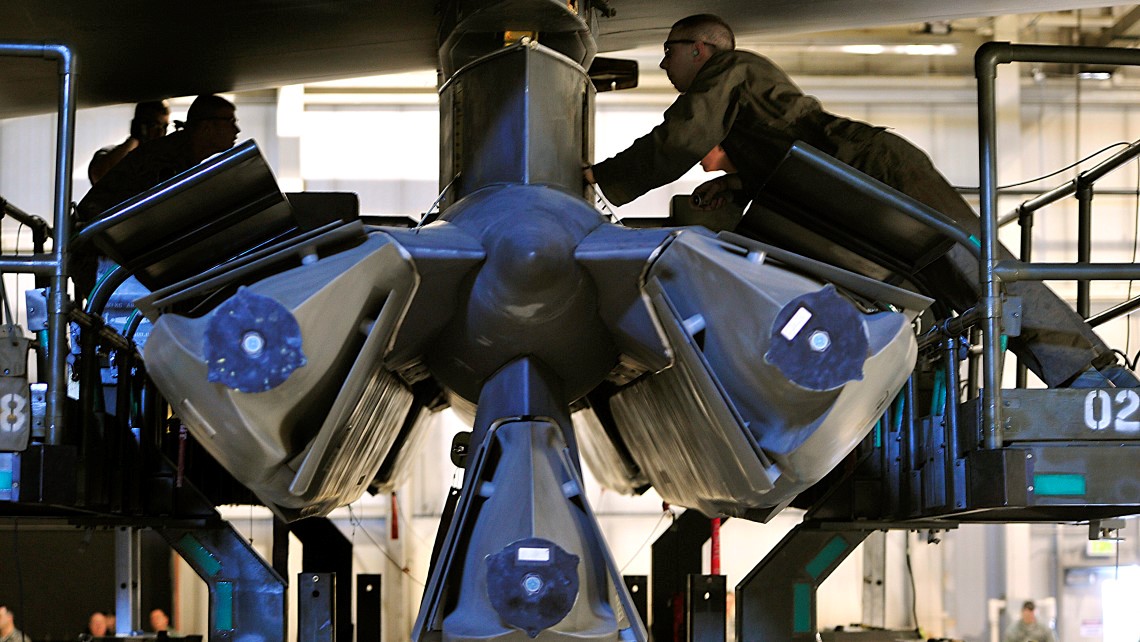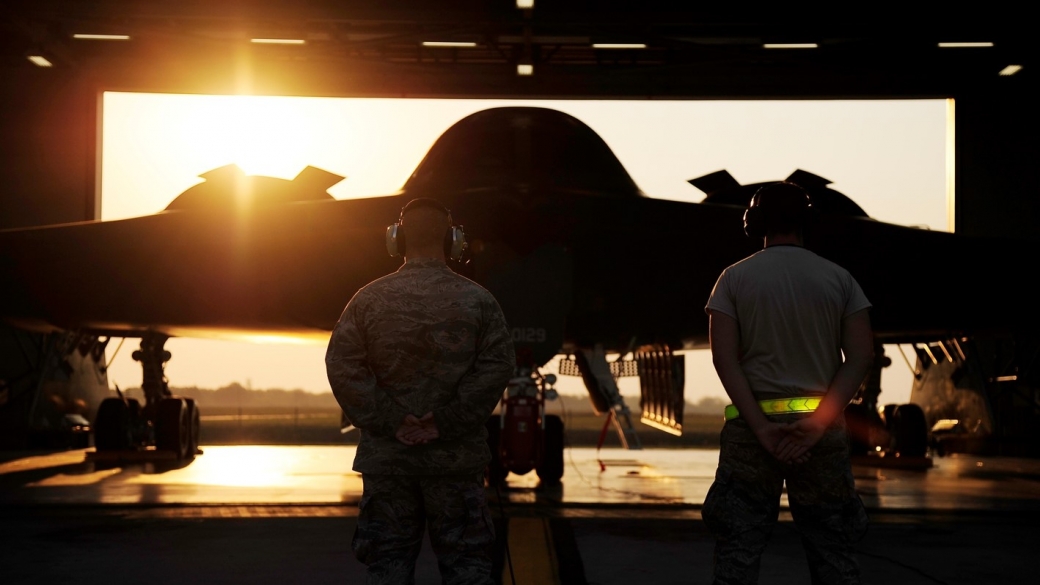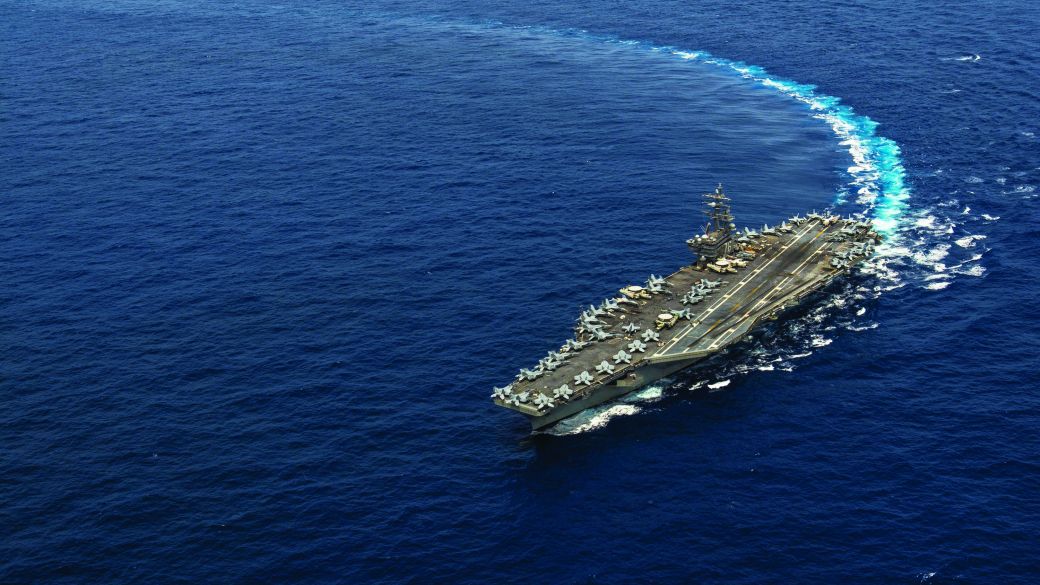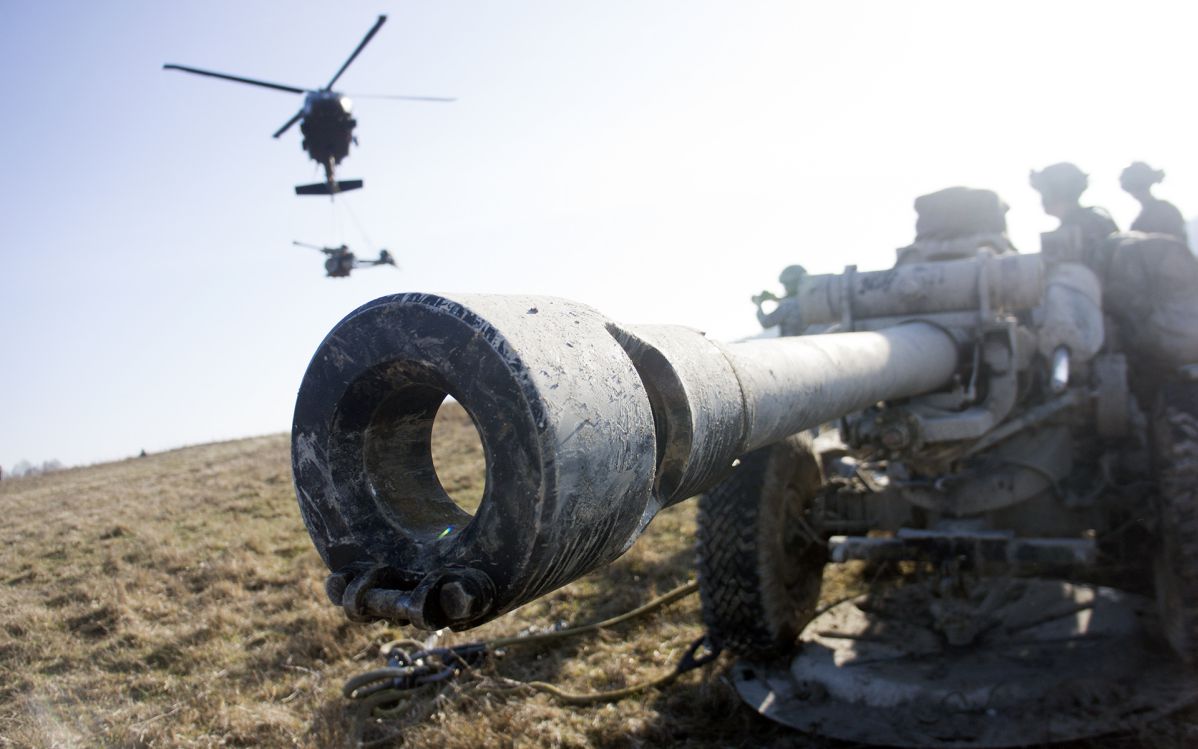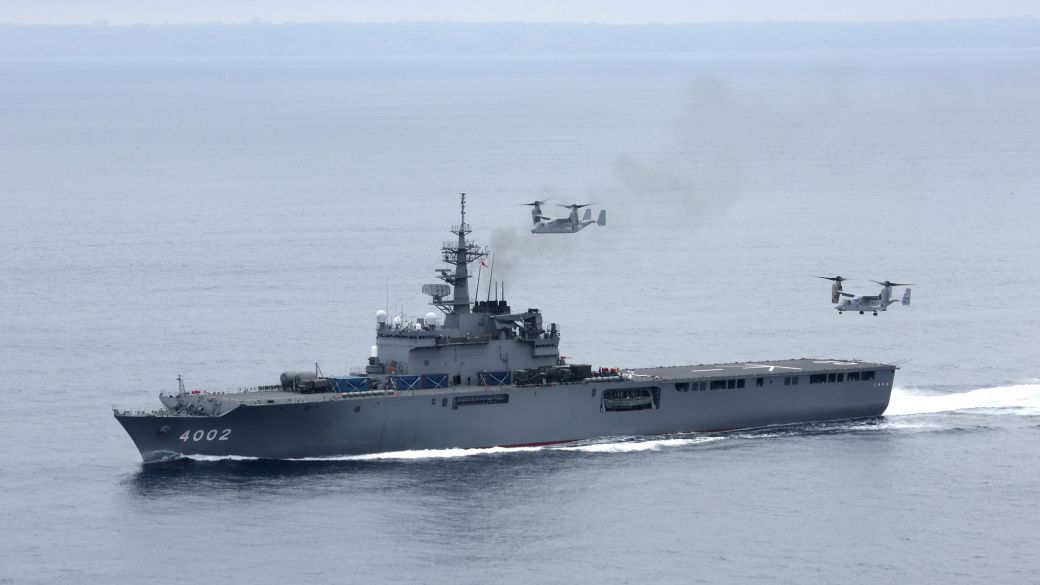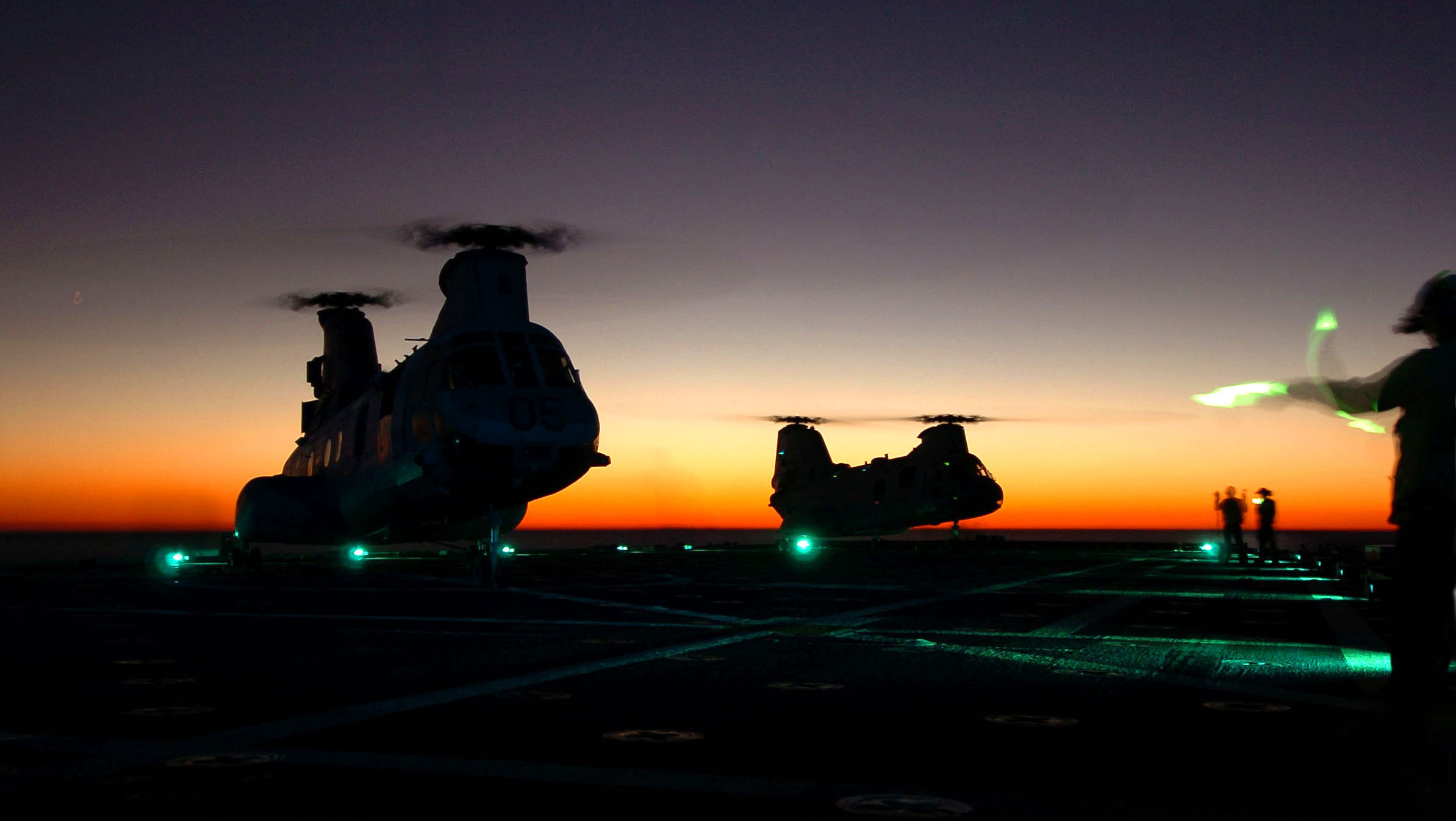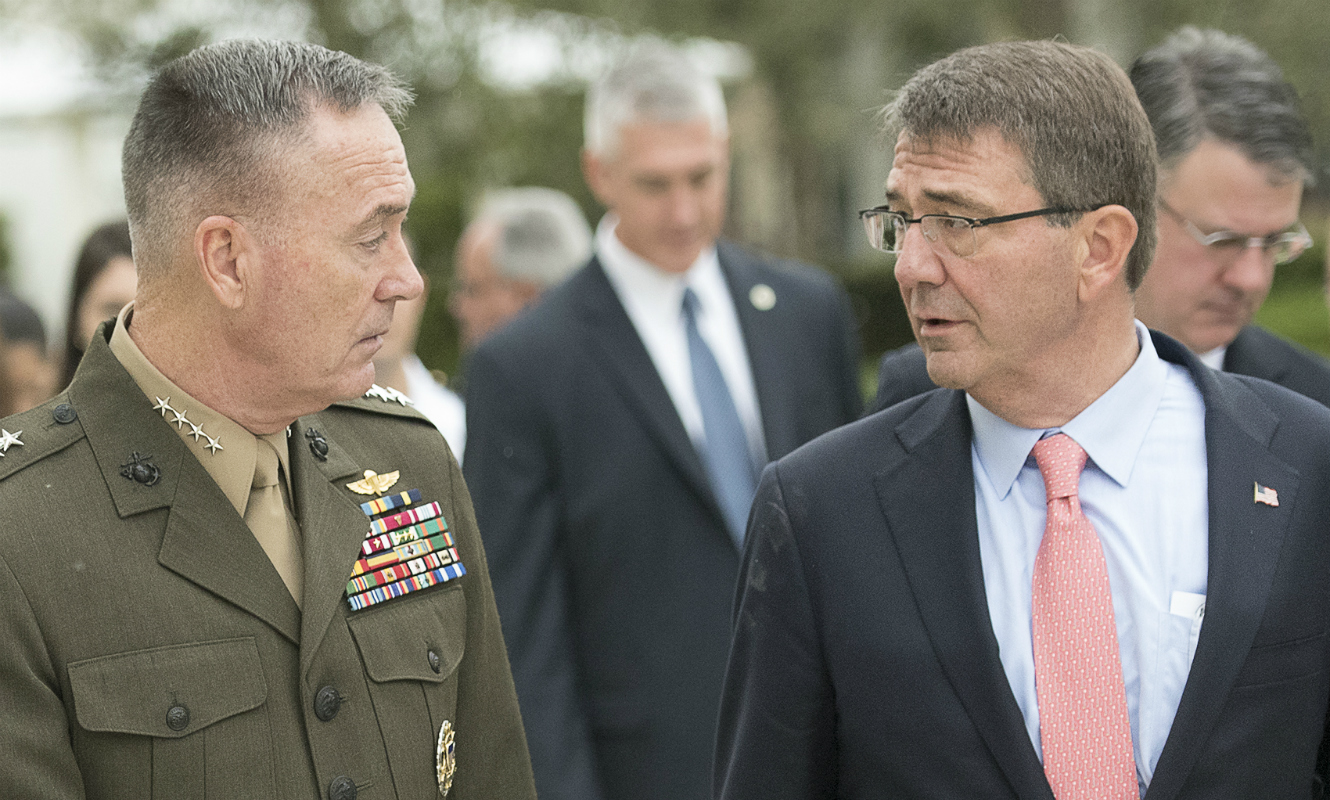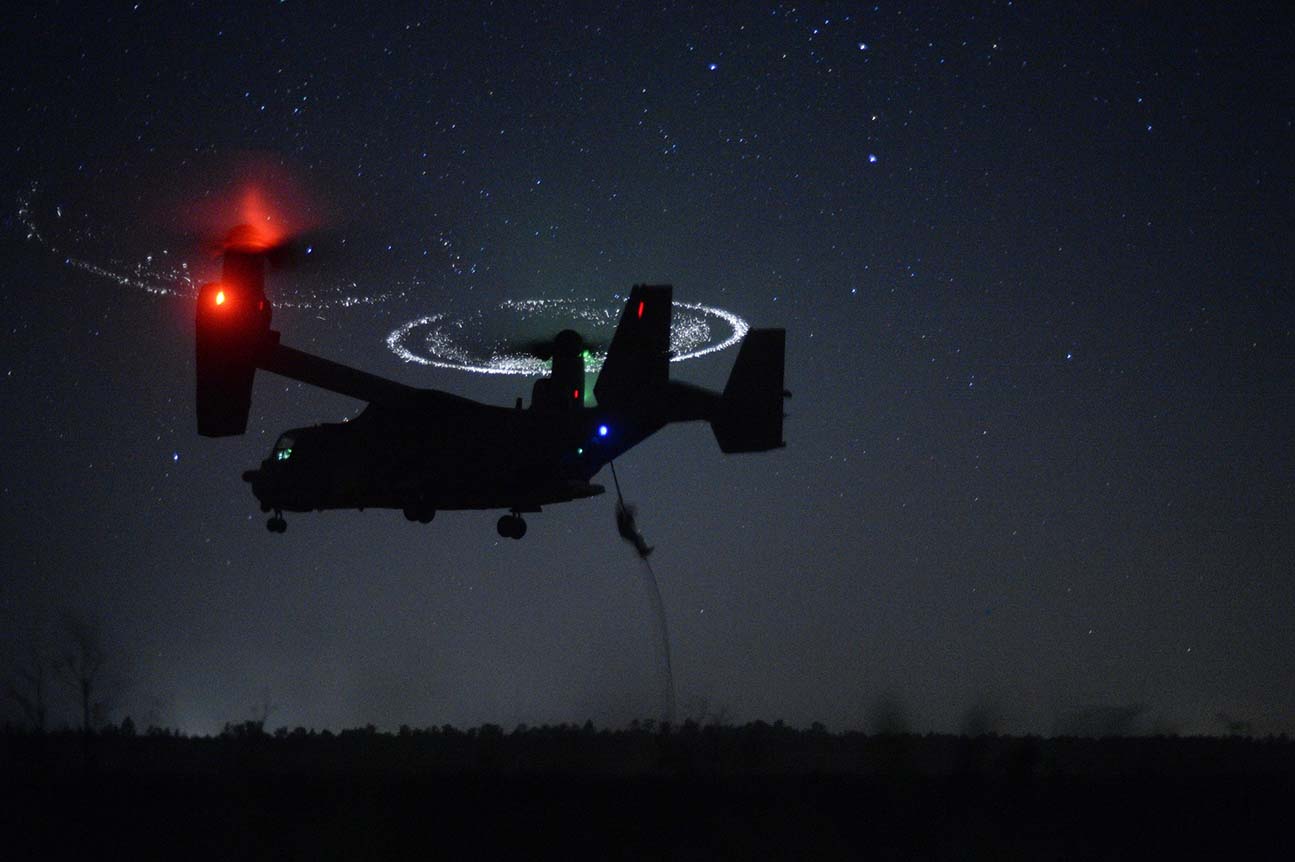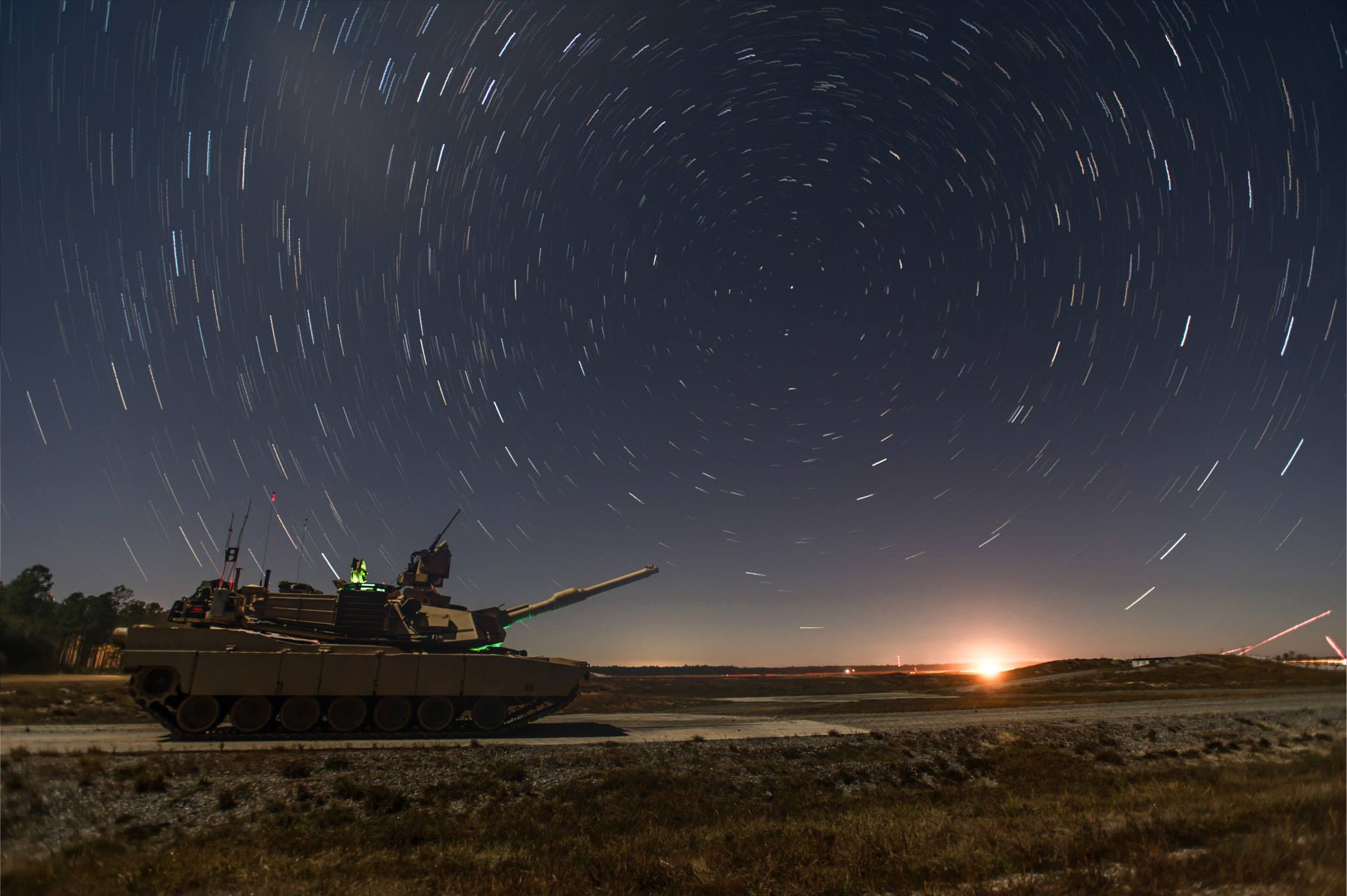Nuclear Forces: Restore the Primacy of Deterrence
United States nuclear deterrent forces has been the bedrock of U.S. national security. The U.S. needs a modern, flexible, and adaptable nuclear enterprise suited to the deterrence challenges of the 21st century and yet current forces are outdated. This paper provides several changes to consider as the new administration conducts a nuclear review.

